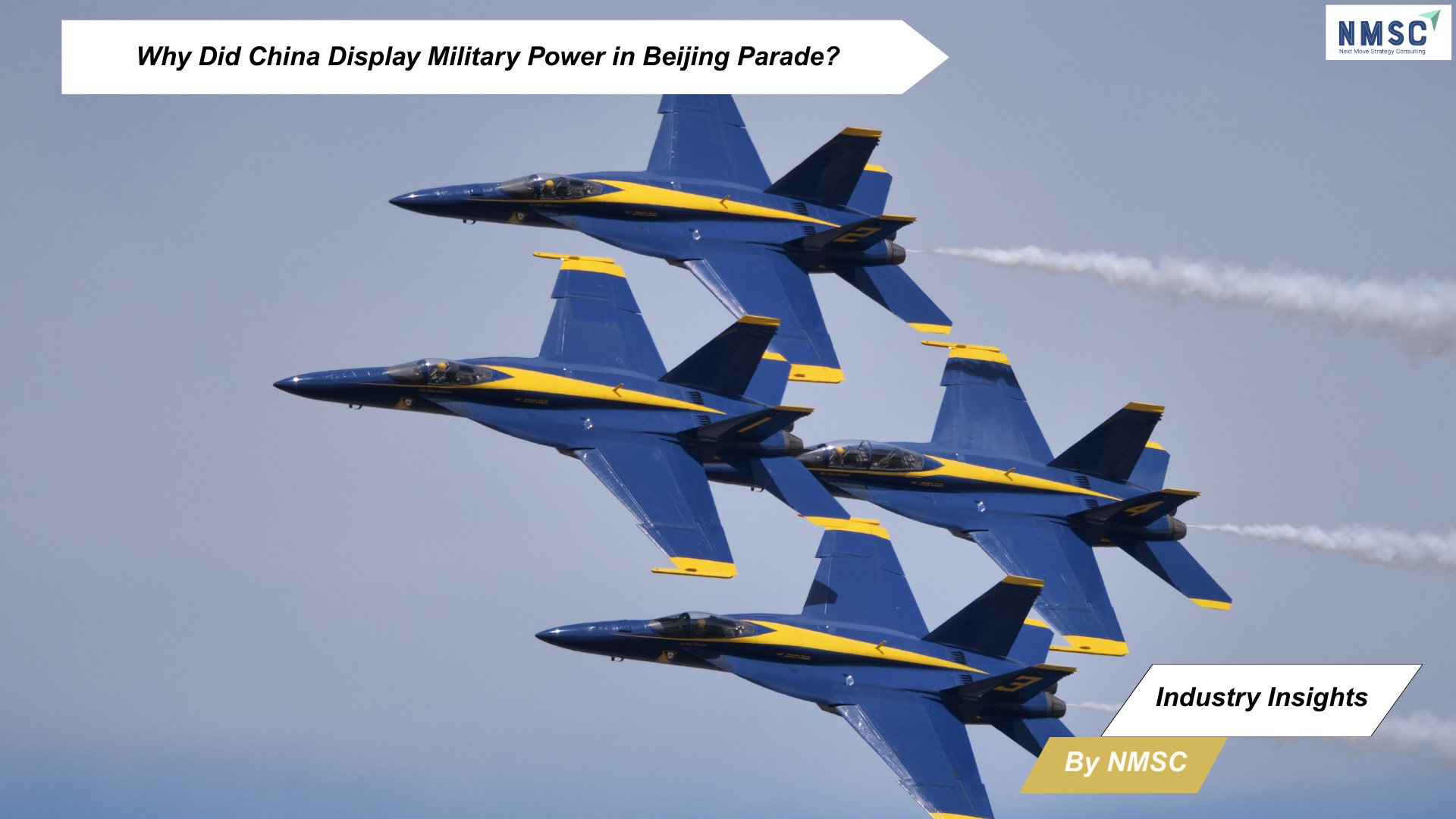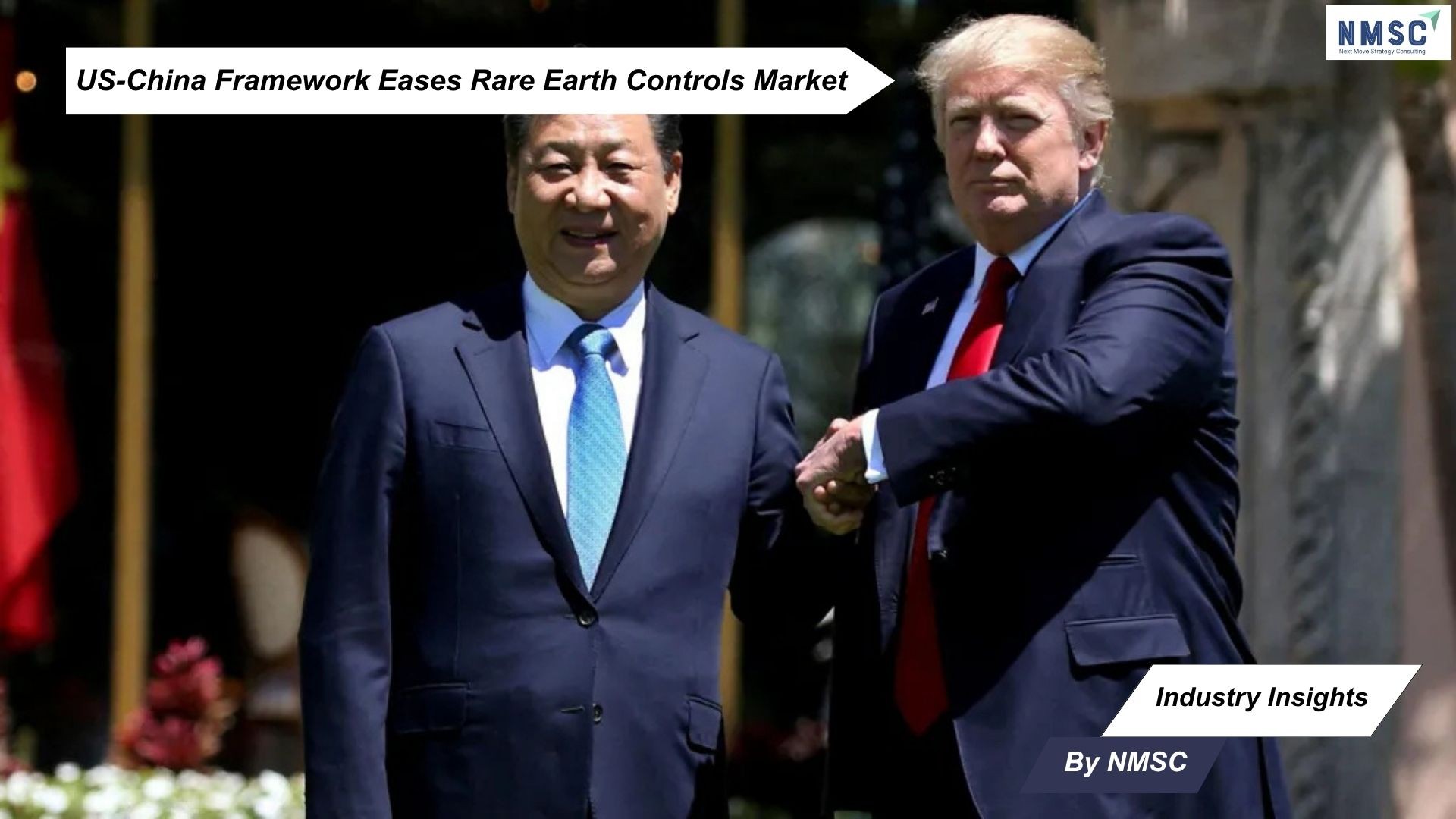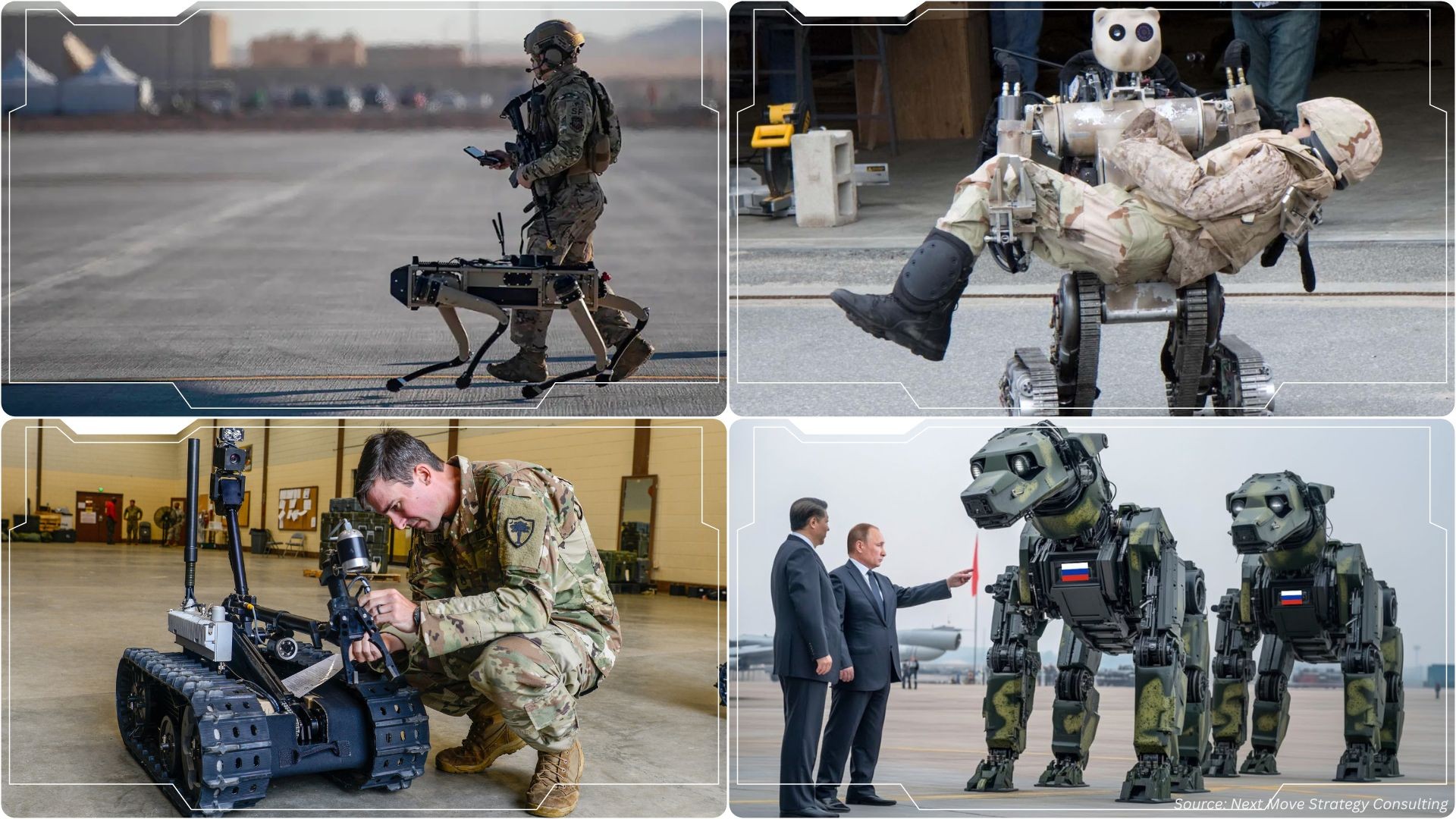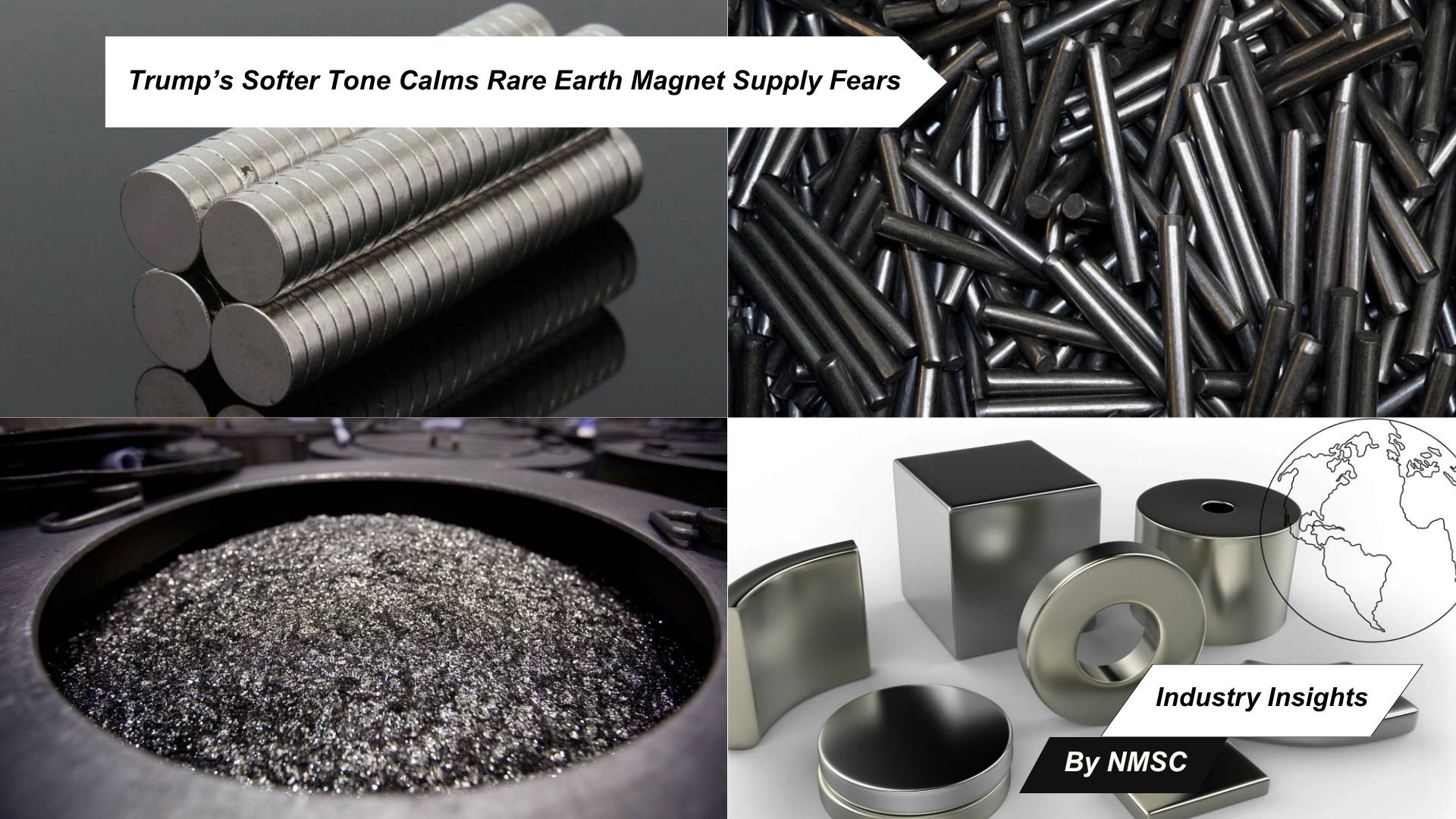Why Did China Display Military Power in Beijing Parade?
Published: 2025-09-03

Industry Insights from Next Move Strategy Consulting
On September 3, 2025, China staged a grand military parade in Beijing’s Tiananmen Square, commemorating the 80th anniversary of its victory over “Japanese aggression” in World War II. The event, attended by 26 foreign leaders, including Russian President Vladimir Putin, North Korean leader Kim Jong Un, and leaders from Pakistan, Nepal, and the Maldives, showcased China’s modern military capabilities and its growing global influence.
How Did China Display Its Advanced Military Power?
For the first time, China publicly displayed an array of cutting-edge weaponry, including jet fighters, missiles, and advanced electronic warfare systems. The parade, marked by heavy security, featured hundreds of troops and drew significant attention from international media invited to cover the historic event.
Chinese President Xi Jinping, accompanied by his wife Peng Liyuan, personally welcomed the attending dignitaries, underscoring the diplomatic weight of the occasion. The meticulously organized event was a clear demonstration of China’s intent to project its military strength and global leadership.
What Were the Key Highlights of the Parade?
-
Modern Weaponry Unveiled: Jet fighters, missiles, and electronic warfare hardware showcased China’s technological advancements.
-
High-Profile Attendees: Leaders from Russia, North Korea, Iran, Malaysia, Myanmar, Mongolia, Indonesia, Zimbabwe, and Central Asia nations, alongside regional figures like Pakistan’s Shehbaz Sharif, Nepal’s K P Sharma Oli, and Maldives’ Mohamed Muizzu.
-
Tiananmen Square Setting: The historic venue was decked out to host the parade, reinforcing its symbolic significance.
-
Diplomatic Tensions: Japan’s call for world leaders to boycott the event sparked a diplomatic protest from China, highlighting ongoing regional rivalries.
What Is the Geopolitical Significance of the Event?
The presence of Xi, Putin, and Kim together at the parade was widely interpreted as a strategic signal to the United States and President Donald Trump, who has sought to build ties with both Russia and North Korea. The event followed a high-profile Shanghai Cooperation Organisation summit in Tianjin, where global leaders, including Indian Prime Minister Narendra Modi, navigated complex diplomatic dynamics amid U.S. tariffs on India for purchasing Russian oil.
Kim Jong Un’s attendance, accompanied by his daughter Kim Ju Ae, marked his second visit to China since 2019. Kim Jong Un's visit to Beijing occurred amid rumors of a rift between China and North Korea, driven by the North Korean leader's efforts to strengthen ties with Russia, including deploying troops to support the Ukraine conflict.
How Does the Parade Reflect China’s Global Ambitions?
China’s decision to showcase its military advancements and host prominent world leaders reflects its broader strategy to assert global influence. The parade not only celebrated a historic victory but also served as a platform to elevate President Xi’s international profile. Beijing’s diplomatic protest against Japan further underscored its sensitivity to external criticism and its determination to shape the narrative surrounding its WWII legacy.
How Did the World Respond?
The parade drew a large contingent of journalists from China and abroad, reflecting global interest in the event. While the display of military prowess underscored China’s growing capabilities, it also intensified debates about regional security dynamics and the implications of its expanding influence.
What Lies Ahead for China?
As China continues to modernize its military and deepen ties with global partners, the Beijing parade stands as a bold statement of its ambitions. The event signals a new chapter in China’s strategic positioning, emphasizing strength, unity, and resilience on the world stage.
Prepared by: Next Move Strategy Consulting
















Add Comment